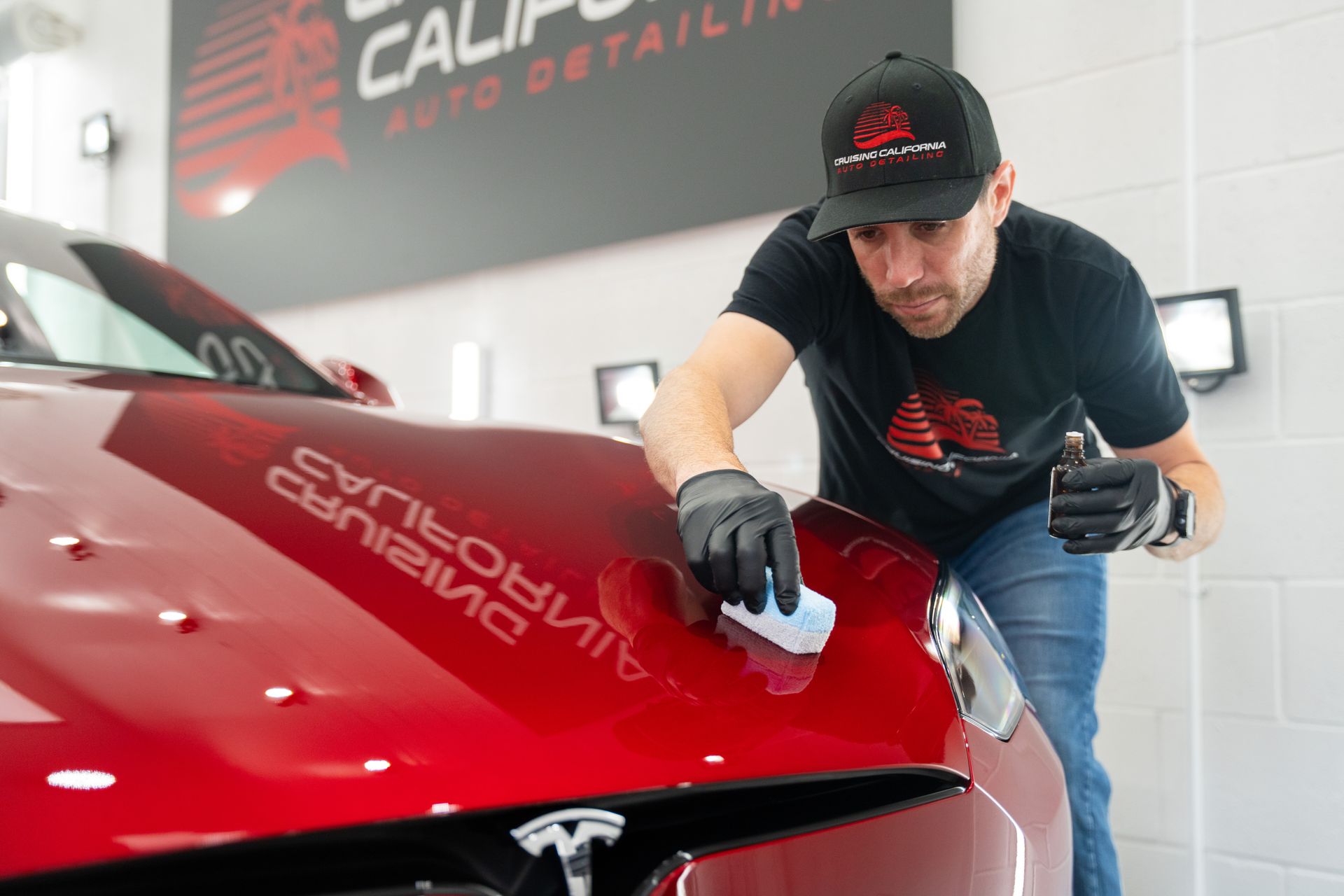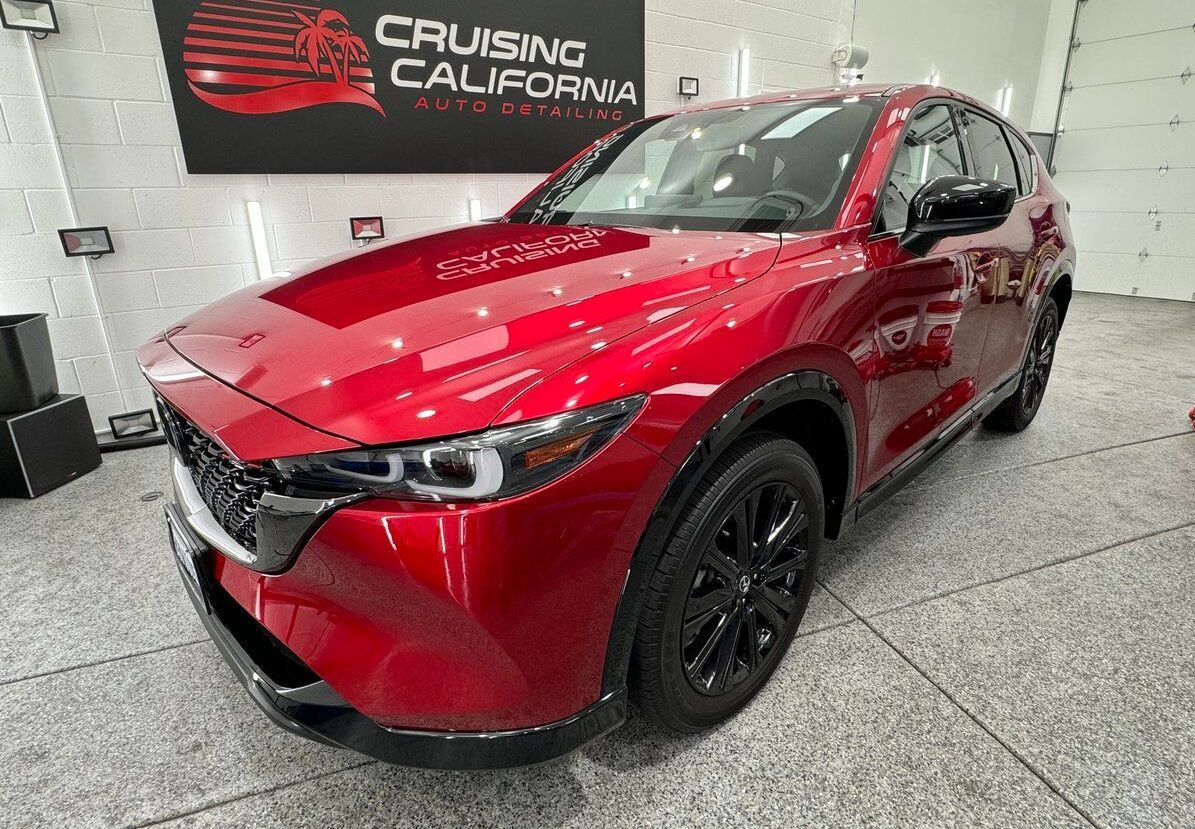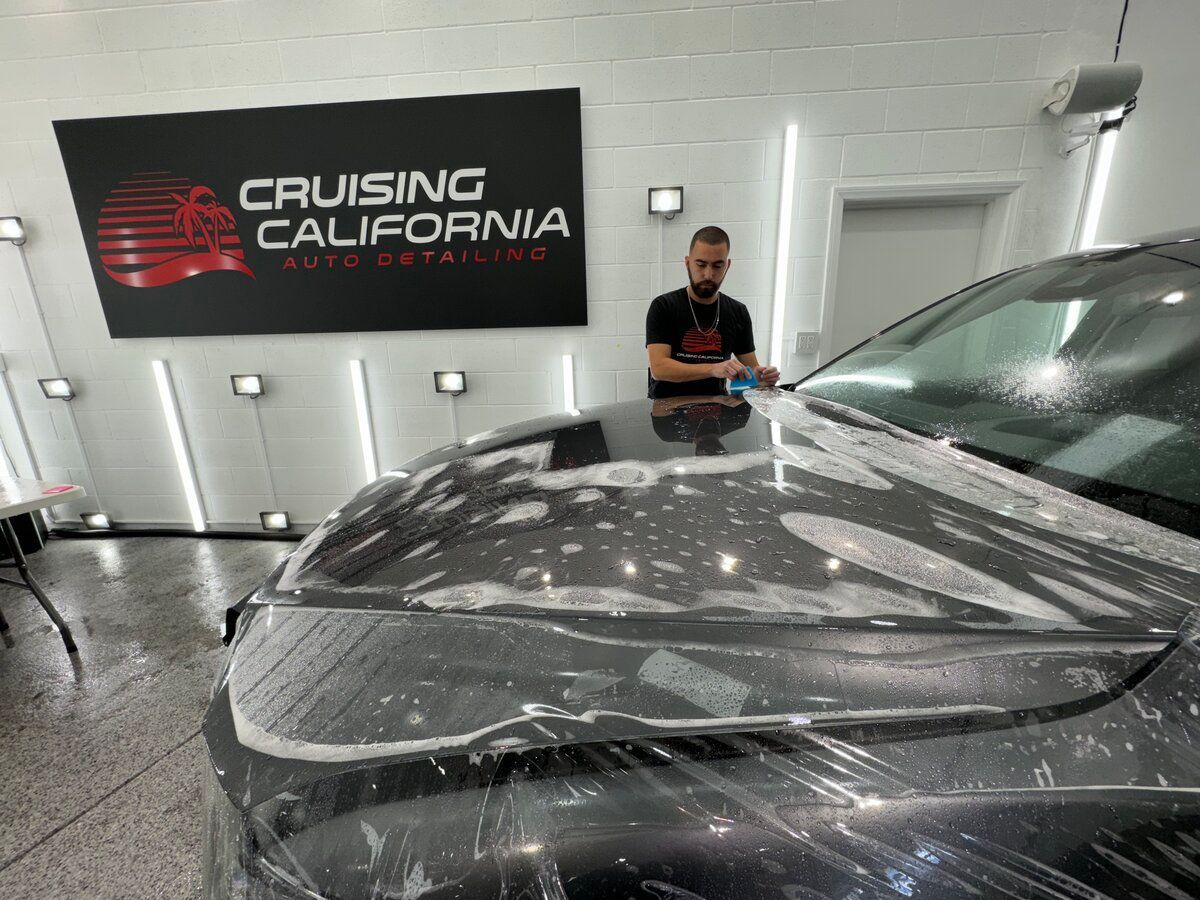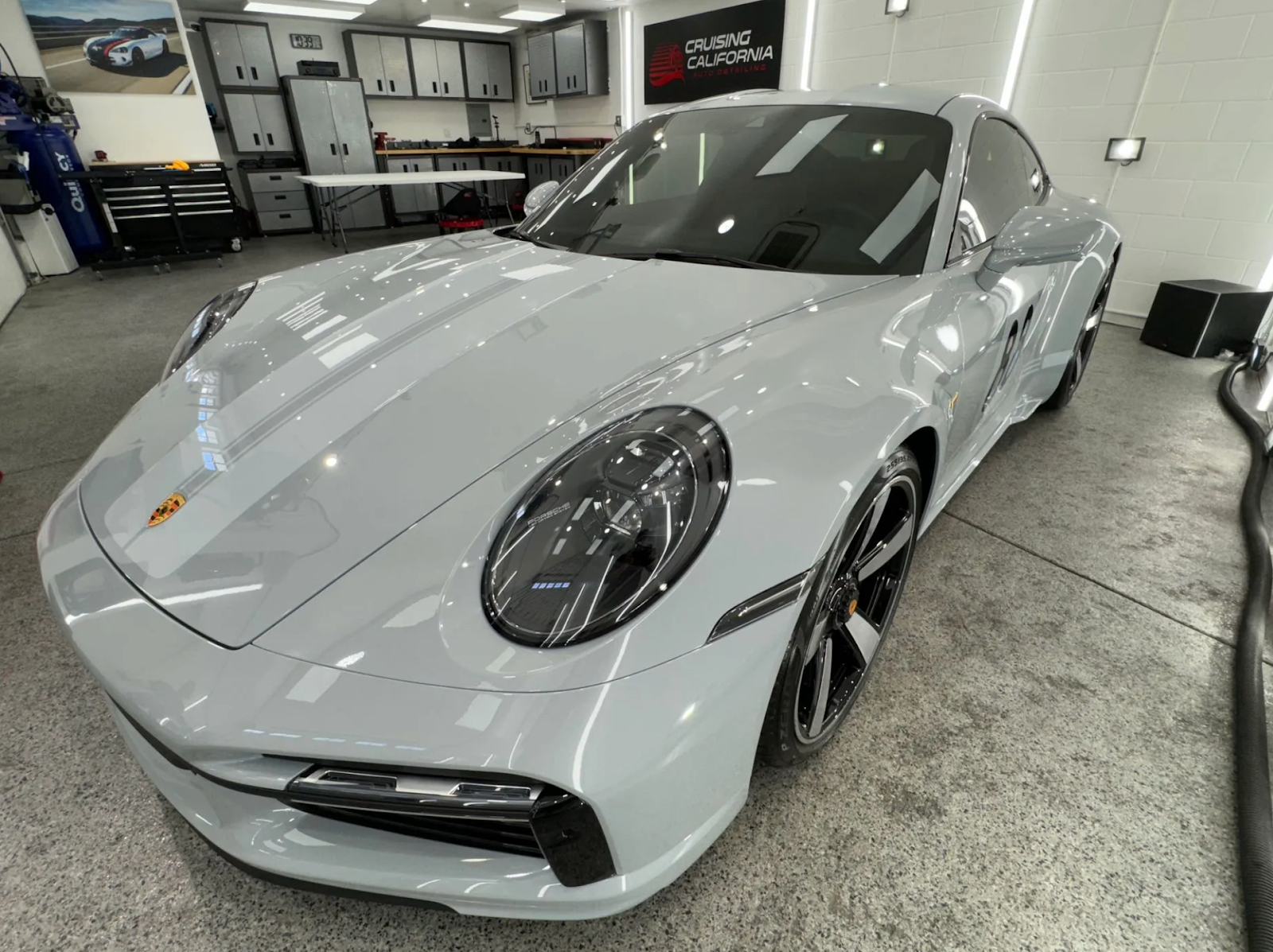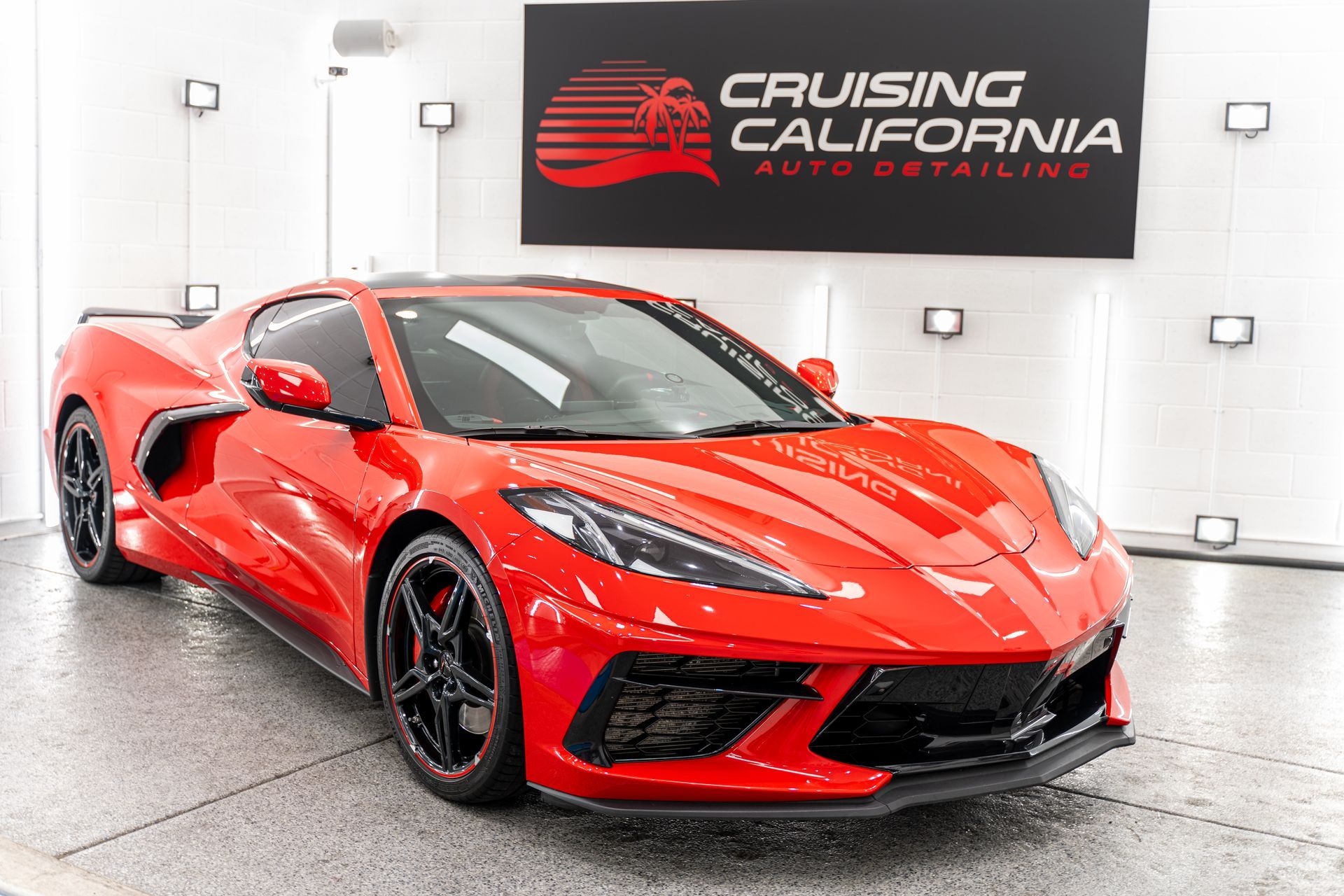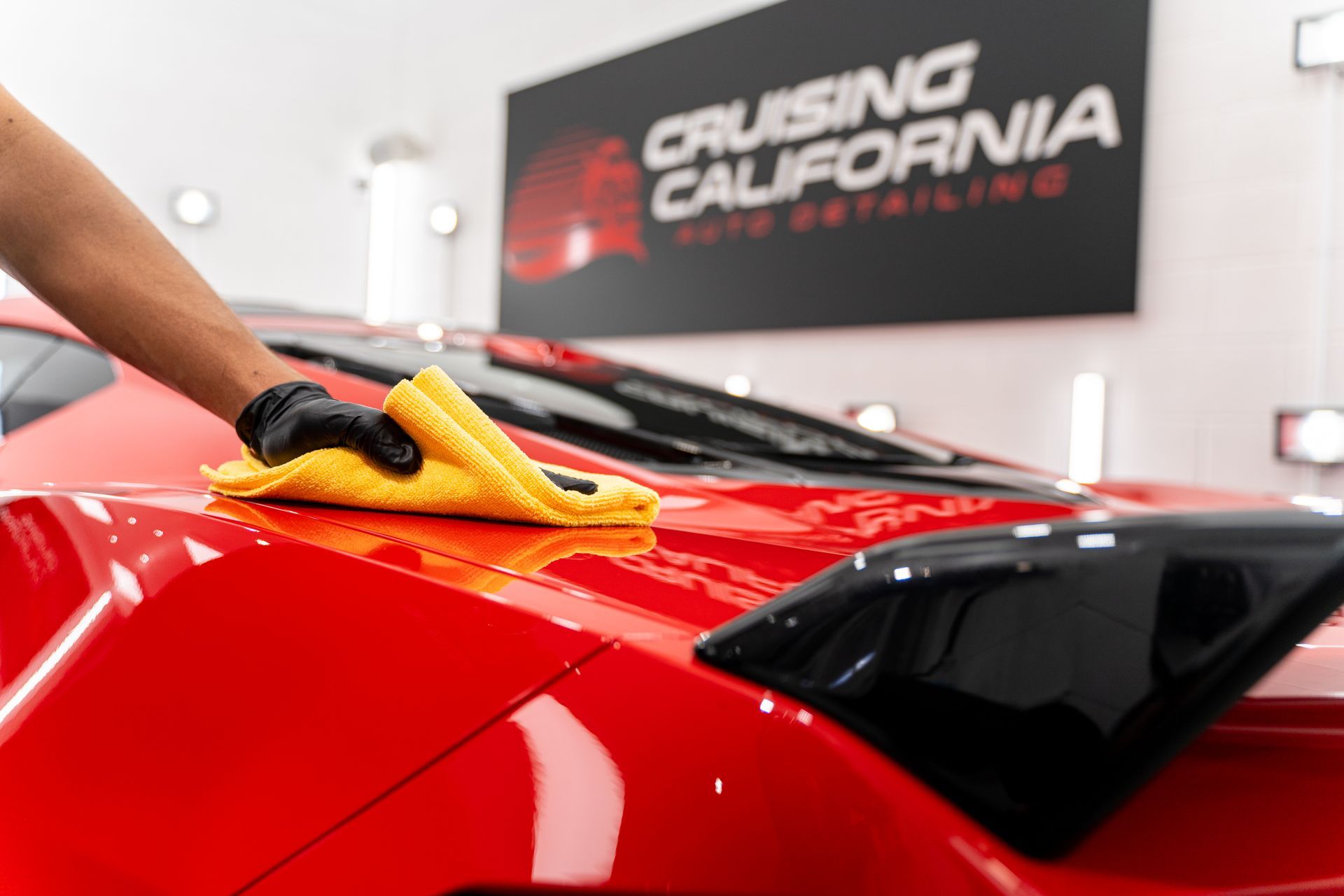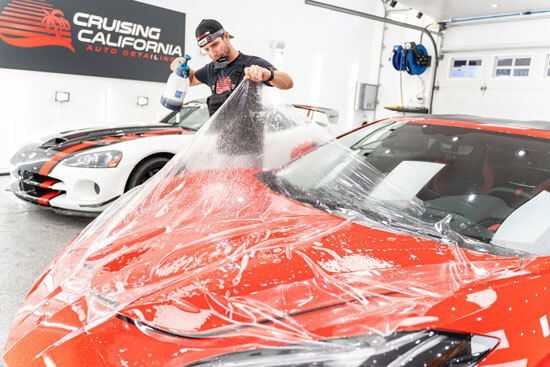Ceramic coatings are not magic, all-powerful shields. They have abilities, but these often get overstated, creating false impressions. Yet, when one delves into the details, it's clear that such coatings can serve as strong, albeit imperfect, protectors against various forms of damage. The UV rays? Indeed, their strength varies. The reality is simple yet it might surprise you if you only consider general beliefs. Now let's set the path straight, starting with unraveling the UV protection myth.
Ceramic coatings can resist environmental damages, but they are not entirely scratch-proof. While they provide a layer of protection, it's important to understand that no coating can guarantee absolute resistance to all potential damage.
Debunking Ceramic Coating Myths
Ceramic coatings have gained popularity in recent years, and with that comes a fair share of myths and misconceptions. Addressing these misconceptions is crucial to ensuring that consumers have accurate information when considering a ceramic coating for their car. Let's start by tackling the most prevalent myths and shedding light on the truth behind them.
Myth 1: Ceramic Coatings Make Your Car Rock Chip Resistant | Reality: Ceramic coatings protect against environmental damage, but they are not scratch and rock chip resistant.
Rock chips are a common occurrence on the road, and it's no surprise that many car owners seek ways to protect their paintwork. While ceramic coatings provide a layer of protection against environmental and chemical contaminants, it's important to understand that they are not rock-chip and scratch resistant. This myth stems from a misunderstanding of the capabilities of ceramic coatings, leading to unrealistic expectations among consumers. For vehicle owners looking to protect their vehicles against scratches and rock chips, a paint protection film is recommended.
Myth 2: Ceramic Coatings Make a Car Resistant to Chemicals | Reality: Ceramic coatings can resist strong chemicals to a certain degree, but exposure to stronger chemicals will degrade the coating.
It's common for car owners to believe that once their vehicle is coated with a ceramic coating, it becomes impervious to all types of chemicals. However, while ceramic coatings do provide chemical resistance to an extent, they are not immune to the effects of strong chemicals. Over time, exposure to harsh chemicals can degrade the coating, compromising its protective abilities. Therefore, it's crucial for consumers to understand the limitations of ceramic coatings in terms of chemical resistance.
Understanding these misconceptions helps car owners manage their expectations and make informed decisions about whether a ceramic coating is the right choice for their vehicle. By debunking these myths, we aim to empower consumers with accurate information that enables them to take the best possible care of their vehicles.
Unraveling the UV Protection Myth
It’s no secret that UV rays from the sun can cause damage to a vehicle's paint job over time. Ceramic coatings are often believed to provide absolute protection from UV damage, but this is a common misconception. The reality is that while ceramic coatings are designed to resist UV damage to some extent, they do not offer complete immunity from it. Think of it like sunscreen for your car. While sunscreen protects your skin from sunburn, it doesn't completely block out the sun's rays. Similarly, ceramic coatings form a protective layer on your car's paint that helps to reduce the impact of UV rays but does not eliminate it entirely.
UV protection myths often stem from half-truths or exaggerated claims about the capabilities of ceramic coatings. It's important for car owners to understand that while these coatings can significantly slow down the fading and oxidation caused by UV exposure, they cannot entirely shield the vehicle from such effects. Picture a car parked under direct sunlight for extended periods. Over time, even with a ceramic coating, the paint may show signs of light color fading and dullness. This showcases how ceramic coatings act as a shield against UV damage without offering foolproof protection.
To illustrate, just like wearing sunglasses outdoors reduces the strain on your eyes from harsh sunlight but doesn’t eliminate it completely, ceramic coatings create a barrier between your car’s exterior and harmful UV rays. This slows down the aging process of the paint, preserving its original color and shine for longer than it would without any protection. By dispelling this myth and understanding the limitations of ceramic coatings in terms of UV protection, car owners can make informed decisions about their vehicle's maintenance. Addressing these misconceptions helps car owners set realistic expectations when it comes to protecting their vehicle's exterior from UV damage through ceramic coatings.
Evaluating the High Cost Claim
One of the most common misconceptions about ceramic coating is its perceived high cost. The cost of ceramic coatings can fluctuate based on several factors, and understanding these dynamics sheds light on the pricing.
The size and type of vehicle significantly influence ceramic coating costs. For instance, a compact car will necessitate less coating material compared to a large SUV, impacting the overall cost. Additionally, the paint condition and the quality of the ceramic coating used also sway the cost. These elements provide users with a more accurate perspective on the investment, dispelling the initial notion that ceramic coatings are universally expensive.
The number of coats applied, detailer experience and reputation, as well as geographical location, can also impact the overall cost. Different regions may have varying labor costs and material prices, affecting affordability for users. Understanding these influencing factors helps to dispel the misconception that ceramic coatings are unaffordable, empowering users to make informed decisions based on their specific needs and budget constraints.
The New vs. Old Vehicle Narrative
It's not uncommon for people to think that ceramic coatings are exclusively for fresh-out-of-the-oven, never-been-driven cars. However, that's far from the truth. Certainly, you would not wax a brand-new automobile before washing it, would you? Similarly, proper preparation before applying a ceramic coating is essential, whether it's a new or an older vehicle.
Misconception 1: New vehicles don't need ceramic coatings. Even if your car is freshly rolled out of the dealership, consider this: It's going to be around for quite some time. Why not give it the best possible start? A new vehicle might seem like it's in pristine condition—no scratches, no fading paint, nothing. But appearances can be deceiving. Car manufacturers may use certain chemicals during transportation and storage to keep the vehicle in great shape until it reaches you. These chemicals can linger on the paintwork and potentially cause damage over time if not properly cared for or protected by a long-term solution like a ceramic coating.
Misconception 2: Ceramic coatings can only be applied to new vehicles. On the other hand, it's also important to address the myth that aging cars simply don't benefit from ceramic coatings anymore. Just because a car has a few extra miles on it doesn't mean it's beyond help, particularly when it comes to aesthetic and protective solutions. Think about it this way: We all age differently—some of us look great after years of rough handling, while others need a bit more care. The same goes for vehicles. An older car might already have a few scrapes or sun-damaged areas that could greatly benefit from the protection of a ceramic coating.
So, let's debunk these misconceptions once and for all! Whether your vehicle is old or new, caring for its paintwork will always pay off in the long run. Regular maintenance combined with the added layer of protection from a ceramic coating can keep your vehicle looking its best for years to come.
Unmasking the DIY Application Myth
The idea of applying ceramic coatings themselves is alluring to many car owners because they think it is a flexible and affordable solution. However, the reality is that applying ceramic coatings is not a simple DIY project. There's much more to it than just wiping the coating onto your car’s surface. What does "applying" actually mean? It doesn't involve just pouring and spreading a single substance like paint or wax. Ceramic coatings demand careful and precise preparation, an understanding of proper techniques, and access to specialized equipment.
Why Professional Application Matters
The truth is, without professional equipment and experience, applying a ceramic coating can lead to unintended consequences. Errors in application can result in uneven coverage, streaking, or even irreversible damage to your vehicle's paintwork. It's like painting your own house versus hiring a professional painter. Some people may do a decent job, but nothing beats the precision and expertise that come from years of experience and specialized tools. Indeed, many individuals believe they can achieve the same results with DIY kits as professionals do with high-quality products. However, what they often fail to realize is that professional-grade ceramic coatings are typically stronger and provide longer-lasting protection. Moreover, professionals apply these coatings using precise methods that ensure uniform coverage and durability.
And what about preparation? Professional detailers understand how crucial it is to prep a car's surface before applying a coating. This typically involves meticulous paint correction, removing contaminants from the clear coat, and ensuring the surface is perfectly clean and smooth. These steps are vital for the coating to adhere properly and provide maximum protection. Now, some might argue that they have steady hands and plenty of patience so they can achieve professional-level results on their own. But consider this: Does having a steady hand make up for a lack of professional tools or extensive knowledge of how ceramics work on different surfaces? Professional application isn't just about convenience; it's about ensuring that your investment in a ceramic coating pays off in terms of long-term protection and lasting quality for your vehicle's finish.
Disputing Other Ceramic Coating Misconceptions
There are various misconceptions about ceramic coatings that need to be addressed. Let's tackle a few of these head-on and set the record straight.
Myth: Ceramic Coatings Make Your Car Scratch-Proof
This is a common belief, but it's not accurate. While ceramic coatings can resist the effects of environmental and chemical contaminants, they will not prevent scratches. The coating provides an extra layer of protection but isn't a foolproof shield against scratches, swirl marks, and scratches. The reality is, ceramic coatings are neither scratch-resistant nor scratch-proof.
Myth: A Car With Ceramic Coating Doesn't Need Washing
It's easy to see why this rumor persists; after all, the self-cleaning properties of ceramic coatings are often exaggerated. While the coatings do make it harder for dirt and grime to stick to the car's surface due to its hydrophobic properties, regular washing is still necessary to completely remove any stubborn debris and further protect the coating.
Myth: All Ceramic Coatings Are the Same
Some believe that all ceramic coatings perform equally, but that couldn't be further from the truth. Different brands and products offer unique features and performance; therefore, it's essential to do your research and choose a ceramic coating based on your specific needs. Different ceramic coatings also have different life span. Consult with a professional to determine the best fit for your vehicle!
Myth: Ceramic Coatings Are Guaranteed to Last for Years
While ceramic coatings are known for their durability, their longevity also depends heavily on proper maintenance. The notion that applying a ceramic coating means you never have to worry about it again is simply misleading. Without regular upkeep, exposure to harsh chemicals, abrasive materials, or industrial-grade contaminants can degrade the coating over time.
By clarifying these misconceptions, we're hoping to provide a comprehensive understanding of what ceramic coatings can and cannot do, allowing users to separate facts from fiction and make well-informed decisions about caring for their vehicles. Understanding the limitations and benefits of ceramic coatings empowers car owners to make informed choices about maintaining their vehicles' appearance and protecting their investment.
Leading Ceramic Coating Specialists in El Cajon, CA
Discover unparalleled expertise and precision in
ceramic coating services with CCA Detailing & Ceramic Coating | PPF, the leading specialists in El Cajon, CA. Our team is dedicated to delivering exceptional results, ensuring that your vehicle receives the highest level of protection and enhancement. With a meticulous approach and commitment to excellence, we provide unmatched quality in every ceramic coating application. Trust CCA Detailing & Ceramic Coating | PPF for all your ceramic coating needs in El Cajon. Schedule your appointment today and experience the difference for yourself! Call us at
(619) 916-6157 to get started!


